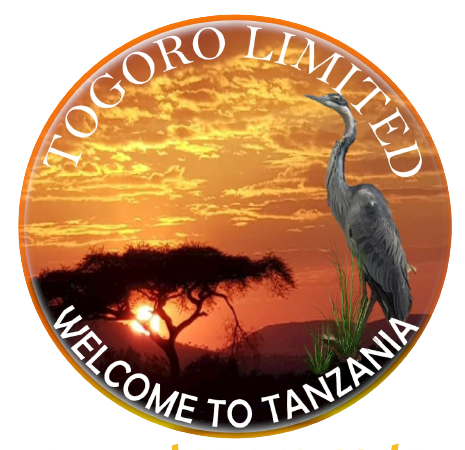Safety at the Mountain
“Kilimanjaro safety” encompasses the comprehensive measures and practices essential for a secure and fulfilling ascent of Africa’s tallest peak. It involves meticulous planning and preparation, including selecting reputable tour operators with experienced guides who understand the terrain and potential challenges like altitude sickness. Proper acclimatization through gradual ascent and rest days helps climbers adjust to high altitudes, reducing health risks. Equipping oneself with appropriate gear, maintaining physical fitness, and staying hydrated are crucial. Additionally, respecting environmental guidelines ensures minimal impact on Kilimanjaro’s delicate ecosystem. Overall, Kilimanjaro safety underscores the balance between adventure and caution, enabling climbers to embrace the journey with confidence and respect for nature’s challenges.
What is acute mountain sickness
At sea level, the percentage of oxygen is about 21 per cent. As you climb higher, the percentage remains the same but the amount of oxygen is reduced with each breath you inhale. When you reach 12,000 feet (3,600 meters), there are only 40 percent oxygen molecules available in every breath you inhale, forcing your body to fight to adjust to the available oxygen at that level. As you continue hiking, your body is fighting a losing battle as it fails to adapt quickly enough to the reduced oxygen. This is called Acute Mountain Sickness, and it can attack the healthiest individual.
Acclimatization while Climbing Kilimanjaro
The primary cause of AMS is climbing too high too fast. Given enough time, your body can adapt to low levels of oxygen at a specific altitude. This is referred to as acclimatization and is a must for any aspiring climber. For successful acclimatization to take place, set aside two to three days at a given altitude. While acclimatization is taking place your body changes to enable it to cope with low levels of oxygen. Here is what takes place:
- The depth of your respiration goes up
- Your body produces more red blood cells to carry more oxygen
- The pressure in your capillaries is increased. This forces blood to penetrate areas in your lungs which are generally not used when breathing normally.
- The body releases more enzymes that cause oxygen to be absorbed by body tissues.
We may not exhaust the science involved, but the symptoms of AMS start at around 12 to 24 hours after arriving at altitude. These symptoms are:
- A headache
- Dizziness and nausea
- Lack of appetite
- Fatigue
- Shortness breathing
- Bad sleep
- General irritation
Other dangers while climbing Kilimanjaro
Apart from Acute mountain sickness, other dangers climbers are warned against while climbing Kilimanjaro are:
- Hypothermia (loss of heat due to cold)
- Slipping and falling off rocks
- Getting hit by avalanches
- Falling off cliffs
- Heart attacks
- Diarrhoea
- Cold and respiratory infections
- Twisting your ankles
- Tropical diseases like Malaria and Typhoid
Climbing Mount Kilimanjaro is a challenging and rewarding experience, but it requires careful attention to safety. Here are some key points to ensure a safe climb:
1. Choose a Reputable Tour Operator
- Experienced Guides: Ensure the operator provides experienced and certified guides who are knowledgeable about the routes and altitude sickness.
- Medical Support: Operators should carry oxygen and have protocols for handling altitude sickness and other emergencies.
2. Acclimatization
- Gradual Ascent: Opt for longer routes that allow for better acclimatization to reduce the risk of altitude sickness.
- Rest Days: Plan for rest days to help your body adjust to the altitude.
3. Physical Preparation
- Fitness Training: Engage in regular cardiovascular and strength training exercises in the months leading up to your climb.
- Hiking Practice: Practice hiking on varied terrains and at different elevations.
4. Gear and Equipment
- Proper Clothing: Pack layers to handle varying temperatures, including thermal wear, waterproof gear, and a good down jacket.
- Footwear: Use sturdy, well-broken-in hiking boots.
- Sleeping Gear: A good quality sleeping bag rated for low temperatures is essential.
5. Health Precautions
- Hydration: Drink plenty of water to stay hydrated.
- Diet: Eat balanced meals to maintain energy levels.
- Vaccinations: Ensure you have all necessary vaccinations and carry a first aid kit.
6. Altitude Sickness Awareness
- Symptoms: Be aware of symptoms like headaches, nausea, dizziness, and fatigue.
- Response: Inform your guide immediately if you experience symptoms. Descend if symptoms persist or worsen.
7. Insurance
- Travel Insurance: Obtain travel insurance that covers high-altitude trekking and emergency evacuation.
8. Environmental Respect
- Leave No Trace: Follow ethical guidelines to protect the environment, including proper waste disposal.
By following these safety guidelines, you can significantly enhance your chances of a successful and enjoyable climb up Mount Kilimanjaro.
